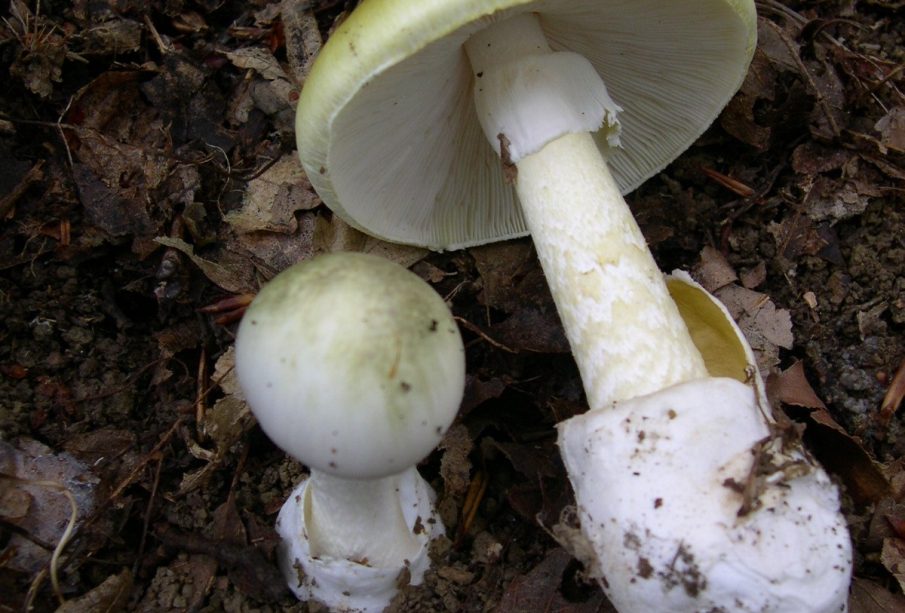Understanding the Dangers of Death Cap Mushrooms

The Threat of the Death Cap Mushroom
Death cap mushrooms (Amanita phalloides) are among the most toxic fungi known to humans, responsible for a significant number of mushroom poisoning fatalities worldwide. These mushrooms can be easily mistaken for edible varieties, making their presence a serious public health concern, especially in rural areas and regions known for mushroom hunting.
Identifying the Death Cap
Death cap mushrooms are typically characterized by their greenish-yellow to olive cap, white gills, and white spore print. They can grow in a range of environments, particularly in symbiotic relationships with trees like oak, birch, and pine. Awareness of their appearance and their common habitats is essential for foragers and nature enthusiasts alike to prevent accidental ingestion.
Recent Incidents and Health Risks
In Canada, recent reports have highlighted increasing instances of mushroom poisoning, with the death cap mushroom being the leading cause. In June 2023, Ontario health officials reported multiple cases of severe liver damage linked to the consumption of these toxic fungi. Health authorities have launched educational campaigns to warn the public about the risks associated with incorrect mushroom identification and consumption.
Symptoms and Treatment
Symptoms of death cap mushroom poisoning usually manifest after a delay of 6 to 12 hours post-ingestion. Early signs include nausea, vomiting, abdominal pain, and diarrhea. Unfortunately, these initial symptoms can diminish, leading victims to believe they are recovering, only to experience a sudden and severe deterioration in health that could result in liver failure or death. Immediate medical intervention is crucial, often requiring intensive care and possibly a liver transplant for survival.
Preventive Measures
Public health officials emphasize the importance of education around mushroom foraging. Individuals are urged to only consume mushrooms that have been identified by experts. Identifying harmful fungi accurately can be complicated, and misleading information found online can further endanger foragers. Community workshops and foraging tours led by mycology experts are being organized across various provinces to help educate citizens on safe mushroom hunting practices.
Conclusion: A Growing Concern
The death cap mushroom poses an ongoing danger to unsuspecting foragers. As interest in wild mushroom foraging grows, so too does the necessity for public education on their risks. By fostering a greater understanding of these lethal fungi, individuals can enjoy nature while minimizing the potential for life-threatening mistakes. Health authorities remain vigilant and encourage anyone who suspects they have ingested a death cap mushroom to seek immediate medical attention.









